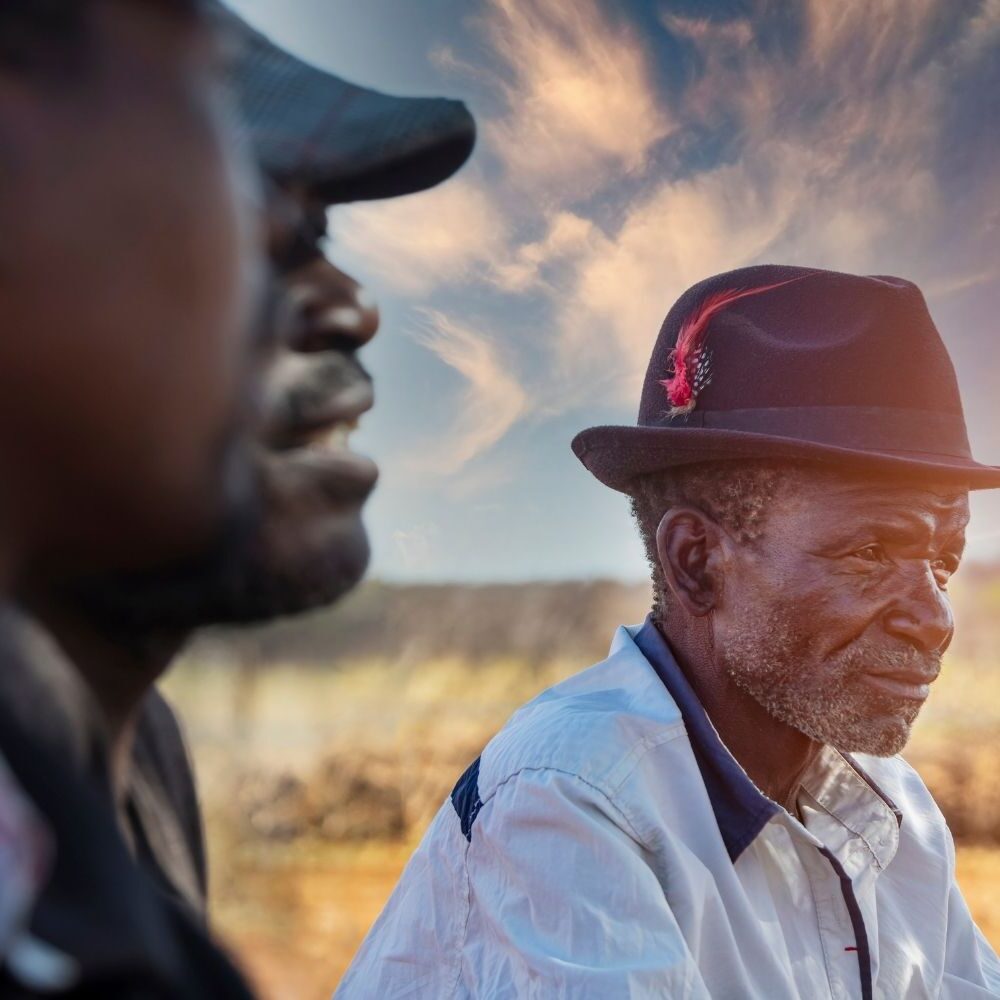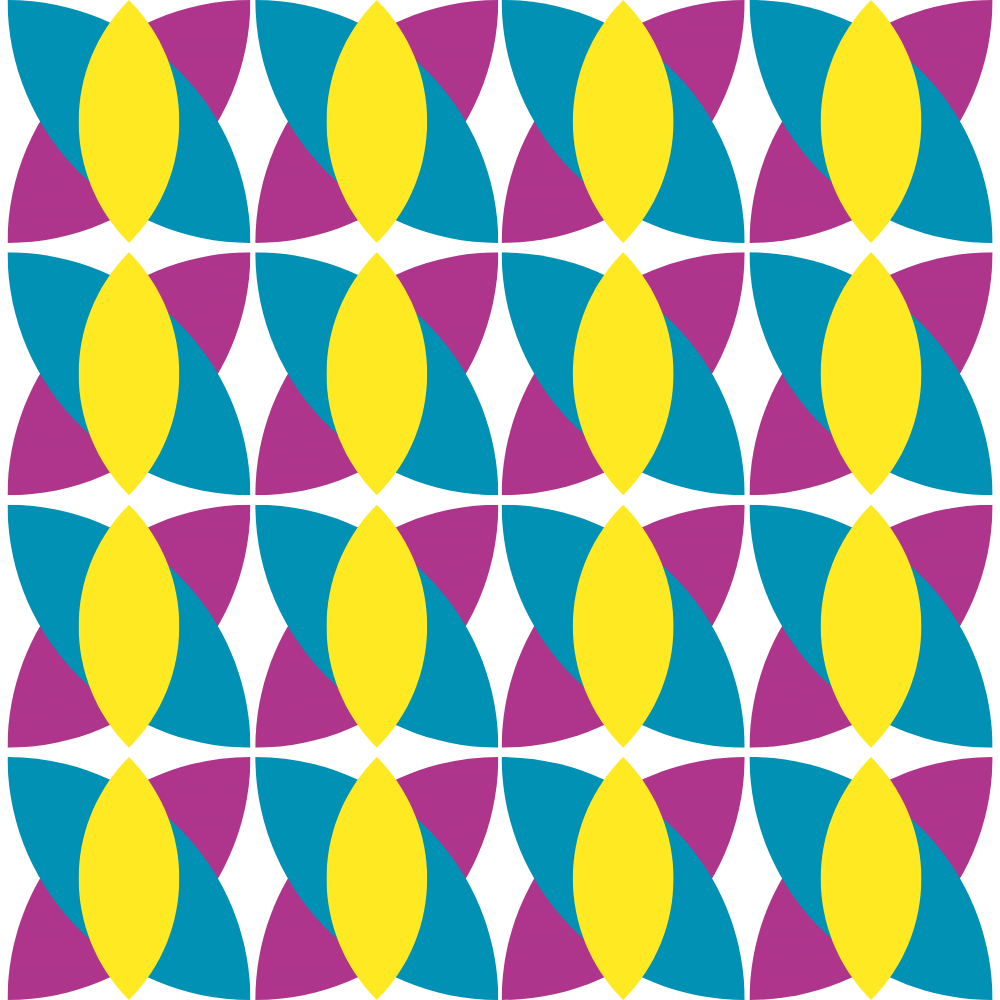Knowledge Hub
Learning is at the heart of what we do. Applying HCD approaches in the public health sector is an evolving practice. We therefore work to bring together existing knowledge and to uncover new learnings, with the collective mission of advancing locally-led HCD for public health. One of the ways we do this is by uncovering, driving and sharing knowledge around HCD+Public Health programming in Africa and Asia.





Resource Library
Resource Library
Visit the Resource Library to submit, save, and download your favorite resources on HCD+Public Health.

The X-Change
The X-Change
Connect with community members on the interactive X-Change platform to share learnings, experiences, events, opportunities, and to ask questions about HCD+Public Health.

Learning Products
Learning Products
Explore co-created learning resources to equip yourself with knowledge, tools and best practices from the field, to more effectively adopt HCD for public health.

Events
Events
Join the HCDExchange at our next gathering to browse our curated list of upcoming and past HCD+Public Health events.
Become a Member
To get the latest insights from HCDExchange delivered directly to your inbox.
Glossary
***We do acknowledge that other collaborators and partners in this field may use varying terms.
Adolescents
Adolescent insights
Co-design
Design
Design Thinking
Design Sprint
Human-centered Design (HCD)
HCD Principles
HCD Process
HCD Mindsets
In the HCD process, four main mindsets are encouraged, as it is often said that having these mindsets are key to following the HCD process. The four mindsets are:
- Empathy
- Learn from failure
- Embrace ambiguity and
- Creative confidence
